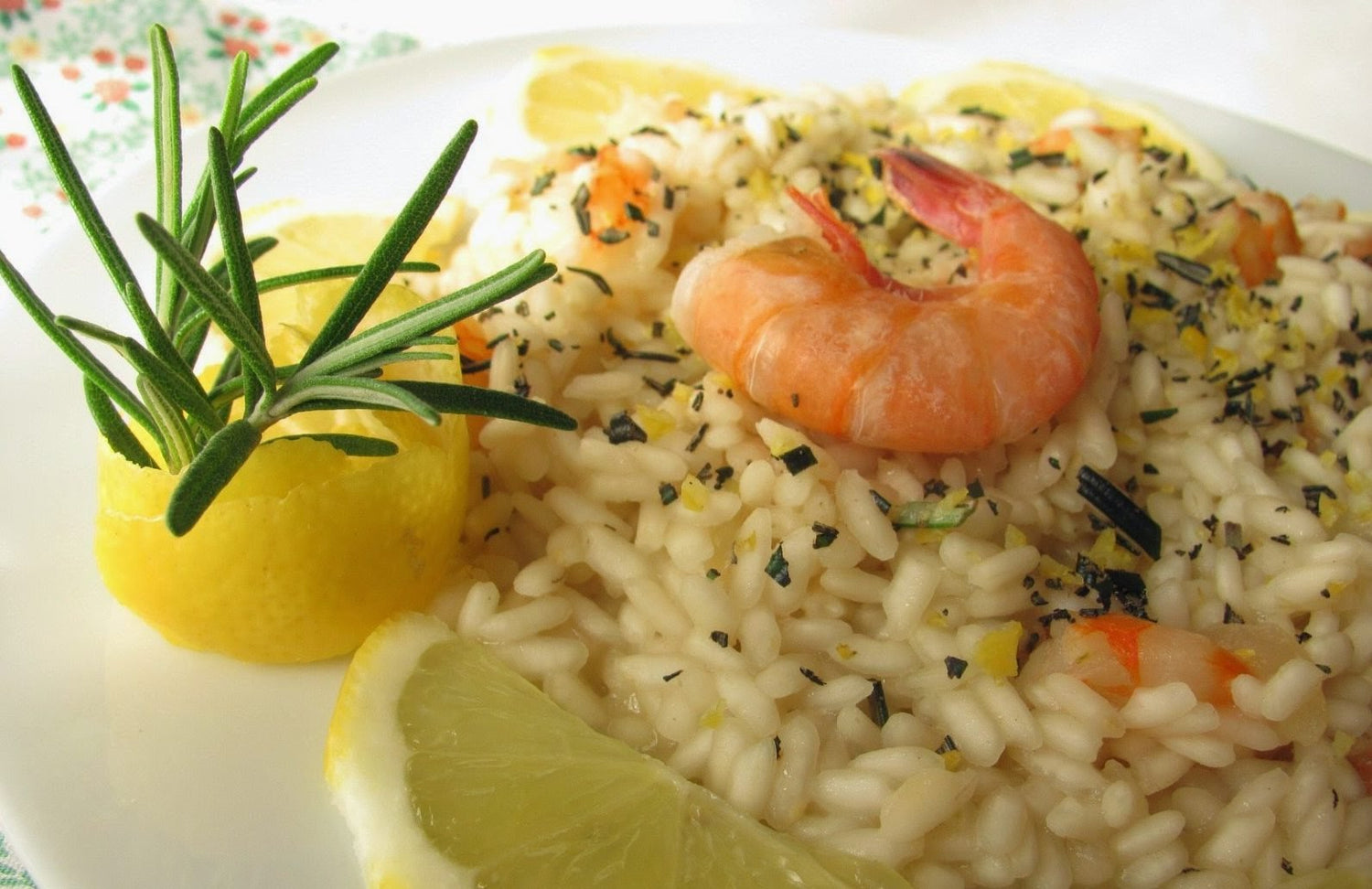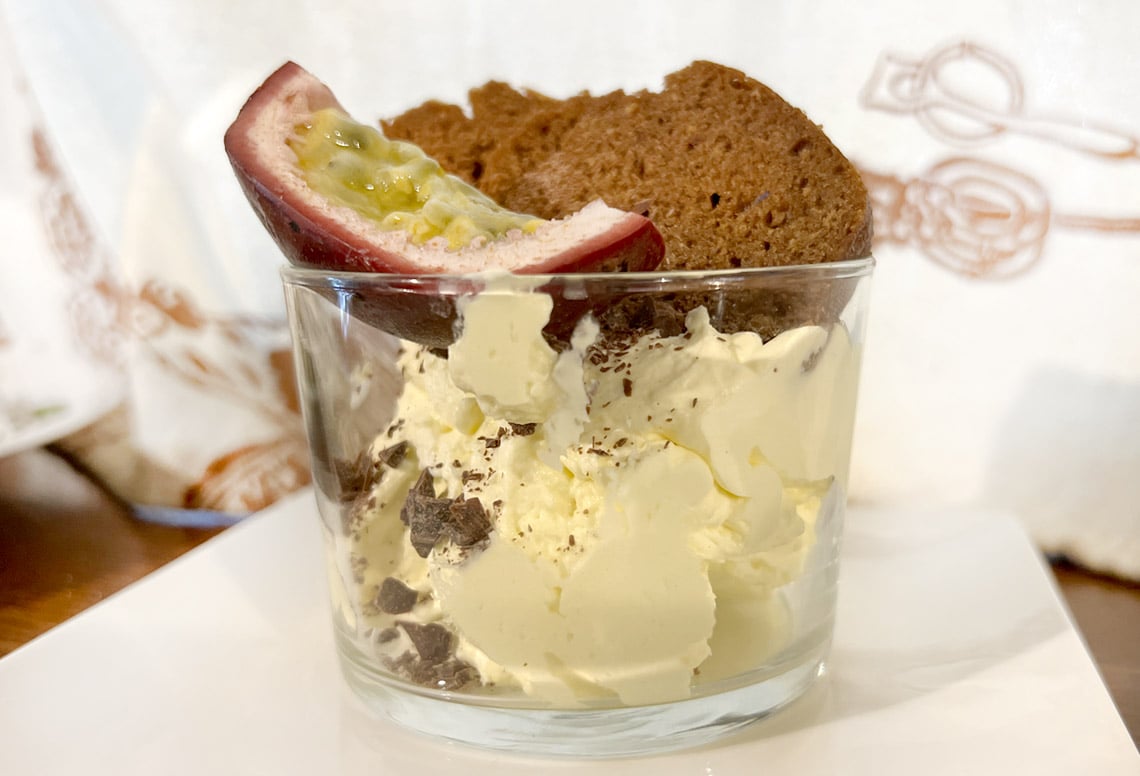Lately, we've been hearing more and more about keto and the ketogenic diet, so much so that it was the second most searched word in wellness in 2019. Already pioneered at the turn of the century, it has made a comeback due to the fact that it combines, on the one hand, slimming and physical well-being and, on the other hand, prevention and treatment of various diseases. But what does this word mean first of all? Keto is short for ketogenic, which comes from the process by which fat is broken down into ketones, which are then used by our bodies to produce energy. In the absence of glucose, our body is forced to produce ketones from fats.
There are two sources of energy we use: glucose (from carbohydrates) and ketones (from fat). The purpose is to use ketones to produce energy so it is necessary to keep insulin as low as possible and for this to happen, a minimum amount of carbohydrates must be consumed. So in summary, Keto is a diet low in carbohydrates and sugar and high in fat. The benefits that will be obtained from a ketogenic diet are: -more energy -more mental clarity -better muscle recovery -resistance and improved sports performance.
What can be eaten? Because the keto diet requires a very high requirement of fats, it is necessary to take them at every meal. Some healthy unsaturated fats are allowed, such as almonds, walnuts, hazelnuts, seeds, avocados, tofu and olive oil. But saturated fats from oils (palm, coconut, MCT) and butter are encouraged in larger amounts. Protein is part of the keto diet, so: red meat, white meat, fish. What about fruits and vegetables? All fruits are high in carbohydrates, but you can eat some (usually berries) and in small portions. Vegetables (also high in carbohydrates) are limited to leafy green vegetables such as cabbage, chard, spinach, cauliflower, broccoli, Brussels sprouts, asparagus, cucumbers, peppers, onions, garlic, and mushrooms. The important thing is to learn how to feed our bodies and brains efficiently, trying to eliminate the bad habits of the past! What cannot be eaten ? Foods banned from the ketogenic diet, however, are:
- Sugars of all kinds, including hidden and added sugars
- bread and pasta of all qualities
- Fruits, excluding those with low sugars such as red fruits
- flours derived from cereals
- sweets made with flours and sugars
- vegetables such as potatoes, corn, pumpkin
- legumes such as chickpeas, beans and peas.
Three types of approaches need to be followed to undertake this type of path: Mental approach. It is important to have a fixed and definite goal and to be ready for iron discipline. Functional approach. Building a pathway that works that can help us accomplish our goals. Informational approach. Word of mouth to get informed!
It should be made clear that if you are intent on embarking on this kind of path, you need to seek medical advice!This regimen means embracing a different lifestyle and that is what we would like to propose with Soketo. True ketogenic, that is, those dishes rich in high quality raw materials that respect the following proportions: 70% fat, 25% protein and 5% carbohydrates. The success of the Keto Lifestyle is related to the fact that this diet not only makes you feel good, but can also be tasty. What we want to offer you are gourmet dishes that are both healthy and tasty, made with high quality raw materials!




